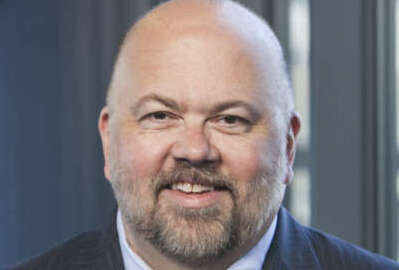Demonstration projects were included in the Civil Service Reform Act of 1978. They were intended to “determine whether a specified change in personnel management policies or procedures would result in improved federal personnel management.” The first demonstration project was the Navy’s China Lake project, in 1980. It later was removed from the demonstration project authority and made permanent. The Department of Defense has conducted an extensive demonstration project for its acquisition workforce under a separate authority. DoD also implemented an alternative personnel system called the National Security Personnel System (NSPS), which was later repealed. Other departments and agencies (such as the financial regulatory agencies) have implemented alternative pay systems and demonstration projects.
NSPS had its issues, but in many areas it was considered to be successful. The flaws mainly related to (1) concentration of pay increases and bonuses in the higher pay levels, (2) higher average ratings for white employees, and (3) greatly increased tension between unions and the department. In the end, the political pressure by unions was most responsible for ending NSPS.
One area that was considered to be a success was communication about performance between managers and employees. Other alternative pay systems and demonstration projects have similar requirements for more frequent and better communications about performance. Such communications are essential for any kind of performance-based pay to be successful.
What most human resources practitioners have found to be frustrating in the 40 years since the Civil Service Reform Act is that the “demonstrations” seem to go on forever, with very little to show for them. One would think that after 38 years of the China Lake project, almost 20 years for the DoD Acquisition Demo, and others that have also run for decades, it would be time to move out of the demonstration phase and into the “let’s expand and make this permanent” phase. The Workforce for the 21st Century CAP goal may be the beginning of that. We know that pay banding can work, and it is far more flexible than the General Schedule. It is also more like pay systems used by the private sector. Performance-based pay is also an improvement over the General Schedule, if it is based on a credible performance management system.
Credible performance management is the weak spot when we talk about performance-based pay. It is difficult to find people who like the government’s approach to performance management. I have written about the subject in the past and my misgivings about how we approach performance management have not changed. Performance-based pay can work, but the government should improve goal-setting, remove subjectivity to the maximum extent possible, and include evaluations of both individual and team performance. We should also ensure that reviews of assigned ratings and proposed bonuses and pay increases are done in an objective manner and do not discriminate based upon race, gender, age or any other non-merit factor. If that is done, it is likely that governmentwide adoption of performance-based pay can work.
So, does that mean we will see governmentwide pay for performance soon? Probably not. OPM’s demonstration project authority is limited to 10 projects at a time, with none covering more than 5,000 employees. Absent a change in the law, it is unlikely there is any basis in law for widespread adoption. The CAP goal is to identify what is working in alternative personnel systems and demonstration projects. That is a reasonable and doable goal. It is also a good first step in building a case for legislative action to replace the General Schedule. The likelihood of legislation this year is probably somewhere close to zero. There is little time left in the legislative calendar for anything new, other than the 2019 budget. What happens next year is anybody’s guess.
Jeff Neal is a senior vice president for ICF and founder of the blog, ChiefHRO.com. Before coming to ICF, Neal was the chief human capital officer at the Homeland Security Department and the chief human resources officer at the Defense Logistics Agency.




